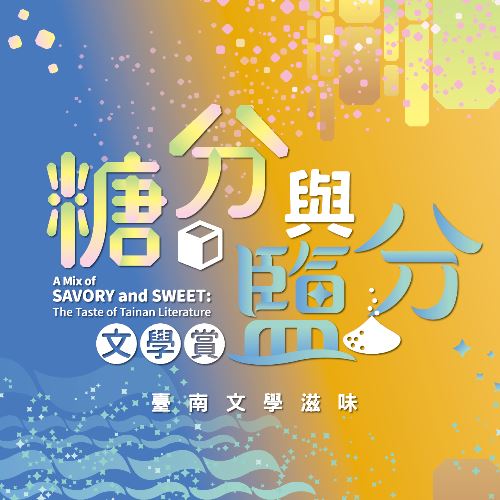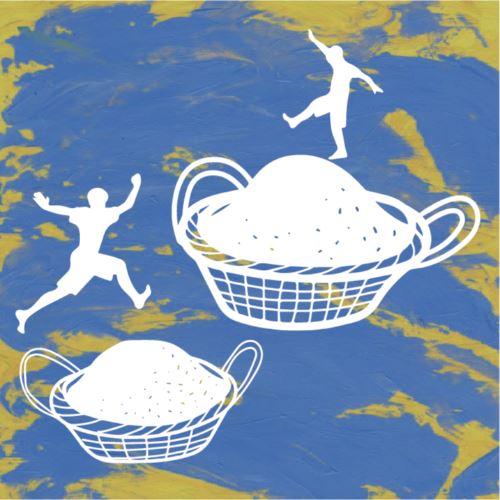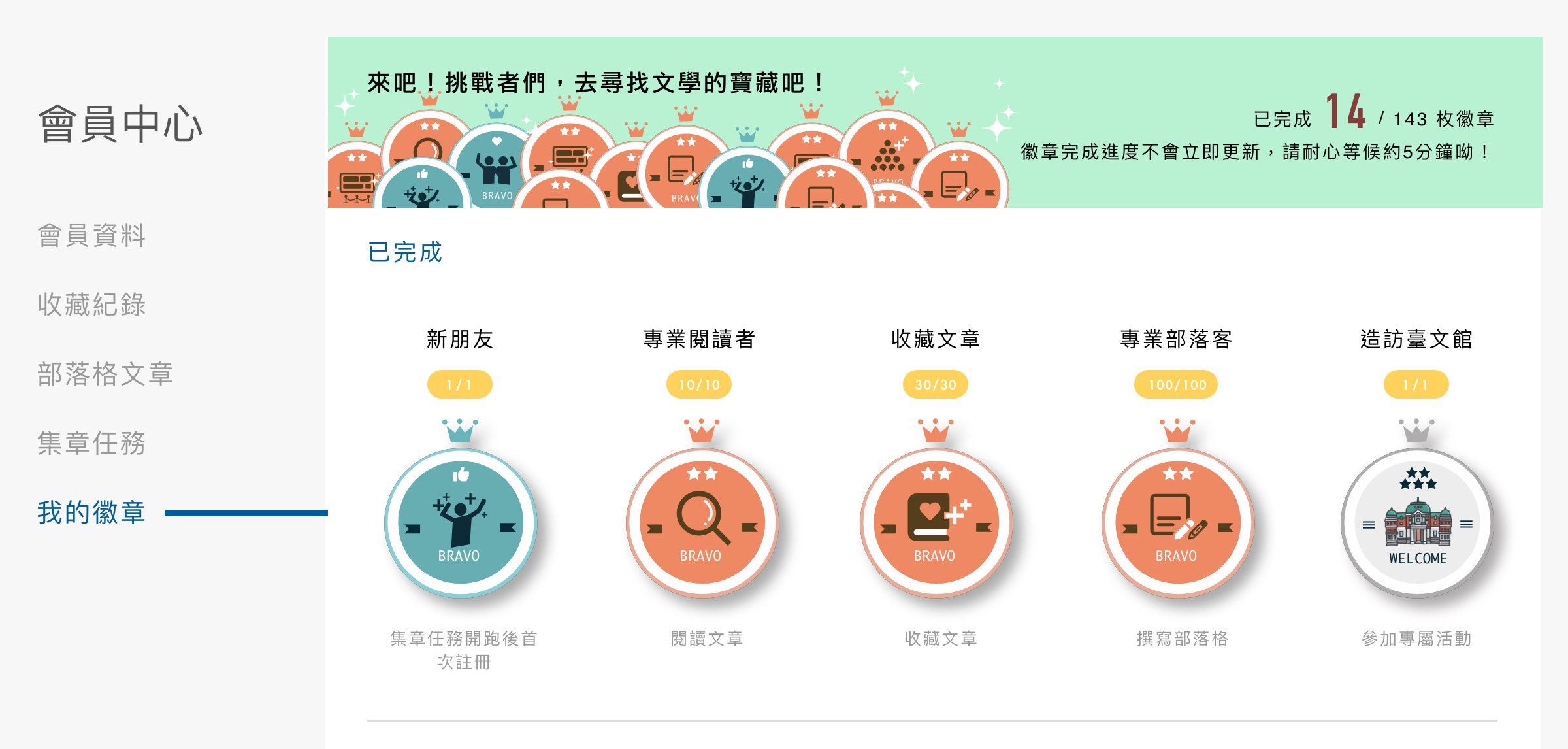๑ Wu Hsin-jung ๑ Chen Cheng-hsiung ๑ Tsai Suh-fen ๑ Wang Ta-chun ๑ Wang Tse-hsiu ๑
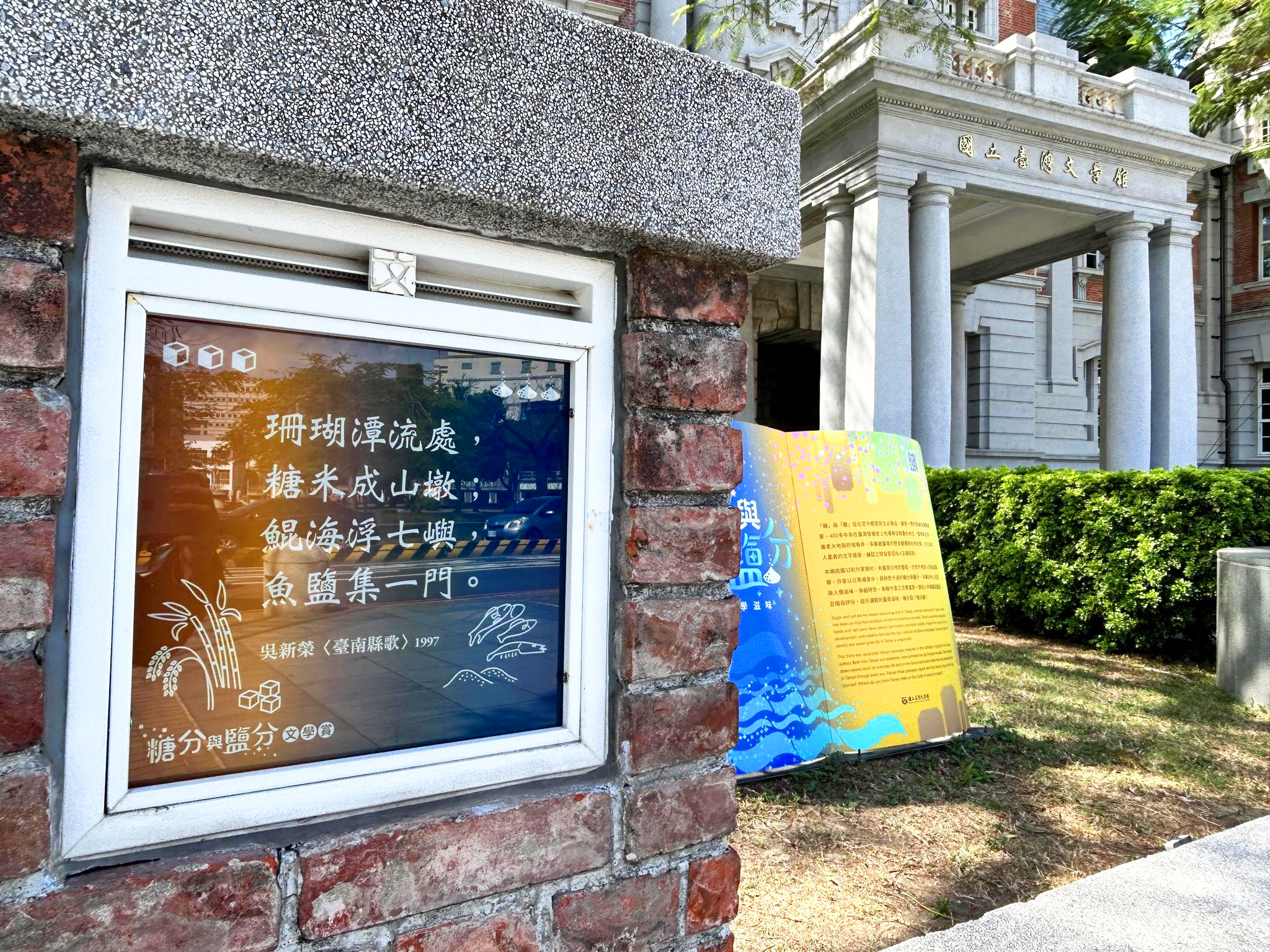
Sun-drenched Tainan has been home to sea-salt production for at least three centuries. Although it is sunlight and coastal winds that ultimately turn brackish water into crystalline salt, immense human energies must be regularly expended to create, operate, and maintain the coastal salt fields. The sea salt that added flavor to Taiwanese meals for generations was also fundamental to the lives, memories and heritage of those living and working on the salt flats of southwestern Taiwan. Whether you take your food lightly or heavily seasoned, these snow-white crystals are part and parcel of your everyday as well.
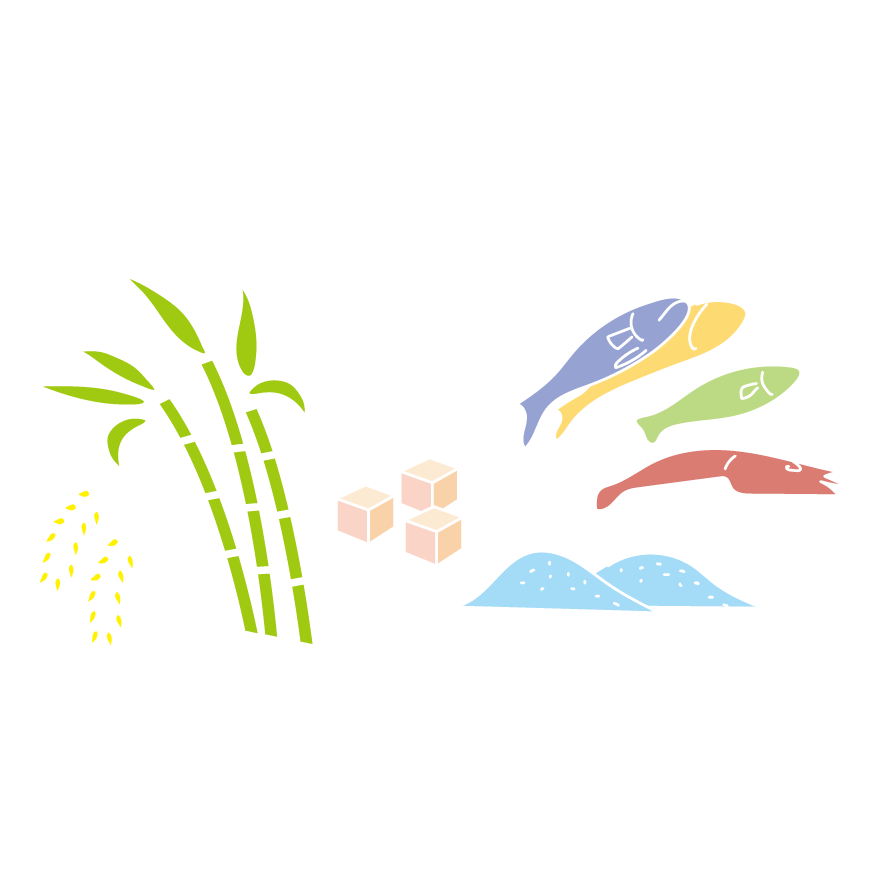


When Coral Lake overflows,
mountains of sugar and rice emerge.
The seven sandbars standing offshore
is where both fish and salt converge.
Excerpted from "County Song of Tainan" The Poetry of Wu Hsin-jung, Vol 1
Author: Wu Hsin-jung
Publisher: Tainan County Cultural Center (1997)
____________________________________________________________________
| Notes |
1. Shanhu Tan: Another name for Wushantou Reservoir (located in Guantian District, Tainan City).
2. Shandun: Small hills made of sand and soil.
| About the Author |
Wu Hsin-jung's writings include discourse, poetry, prose, and essays, as well as occasional classical Chinese poetry. His poetry often revealed the dark side of colonial society, deeply understanding the suffering of the people, and reflected socialist concerns. His lengthy "Zhenying Memoirs" have an autobiographical novel nature, spanning approximately three hundred years from the late Ming dynasty and early periods of the Kangxi Emperor to the early post-war period. During his tenure at the Tainan County Documentation Committee, he edited "Nanying Documents" and was the main editor of the thirteen volumes of "Draft History of Tainan County."



Stoically upholding an unaffected mien,
I navigate the vast world of language and words;
filtering, refining, and building; creating, drip by drop, pure truth in crystalline form.
Every line rings true with the enduring taste of life.
Excerpted from "Beimen - Salt Fields, Vol. II" Nanying (Tainan) in My Dreams
Author: Chen Cheng-hsiung
Publisher: Cultural Affairs Bureau, Tainan City Government (2017)
____________________________________________________________________
| About the Author |
Chen Cheng-hsiung primarily wrote poetry. His works covered mountains, natural ecology, family, and local affairs, characterized by vivid and elegant descriptions. Besides his strong localization consciousness and deeply moving emotions, he also ventured into satire, reflecting on social conditions. 。



Grey, shallow fields filled with water drawn from the sea. Salt crystals emerge under a hot summer sun and shimmer gayly in the bright light of day. With hundreds of millions of crystals in one field alone, the myriad fields that stretch on to the horizon, holding countless multiples of that number, sparkle like the Milky Way come to rest upon the earth.
Excerpted from Children of the Saltpans
Author: Tsai Suh-fen
Publisher: Linking Publishing Co., Ltd. (1994)
____________________________________________________________________
| About the Author |
Tsai Suh-fen primarily wrote novels. Chi Pang-yuan described her novels as rich in expressions and full of life situations, while Sima Zhongyuan praised her lively and agile writing style, penetrating deeply into the texture of life and exploring the roots of human nature, revealing the inner spaces of life often overlooked. From "The Children of the Salt Fields" to "The Olive Tree," Tsai Suh-fen pioneered a new type of Taiwanese local novel; "Sisters' Book" uniquely used a letter format to highlight the marital experiences of two sisters. She was a female novelist in the 1990s who courageously practiced innovation in literary style and thematic exploration.



At dusk, placid salt pans spread out to the horizon;
their mirrored surface reflecting the painted clouds above.
Sharing the same palette, water and sky meld into one.
Seawater in brick salt ponds dissipate slowly and congeal
into salt blooms resembling plum blossoms and chips of jade.
Excerpted from "Eight Spots in Beimen: The Beimen Salt Pans" Classical Poetry of Taiwan, Vol. 39
Author: Wang Ta-chun
Publisher: National Museum of Taiwan Literature (2015)
____________________________________________________________________
| Appreciation |
This poem describes the salt pan scenery in Beimen, Tainan during the Japanese Colonial Period (1895-1945). The first lines describe the colors of evening clouds reflecting beautifully on the mirror-like surface of salt ponds. The bricks referenced in this poem point to the use of a more modern technique of salt evaporation that continuously generates salt "blooms", which appear according to the author as cherry blossoms or jade chips.
| About the Author |
Wang Ta-chun, also known as Chou Nong and Diao Weng, and later styled Yixuan. He studied Chinese classics from a young age and was deeply versed in Chinese poetry and literature, and once taught students. In the first year of Taisho era (1912), he formed the "Yujiang Poetry Society" with Wang Bing-nan, Wu Xi, and Wu Xuan-cao, marking the beginning of the Beimen Poetry Society. He was known as one of the "Three Wangs of Beimen" along with Wang Bing-nan and Wang Ke-min. He was a close friend of the brothers Wu Xuan-cao and Wu Bing-ding, and Huang Jing-kuan, often exchanging poems. His poetry, mostly seven-character quatrains, excelled in landscape depiction and was particularly skilled in "Jibo Poetry". According to his son Wang Jian-jiang, Wang's poetry manuscripts were lost due to several relocations His poetry works are scattered in various publications.



Prosperity is not built without learned skill,
salt fields already crowd this coastal land.
Salt farmers send the sea to their fields,
evaporating it slowly into valued blooms of shiny white.
Salt piled in fields and stored in barns
can season a feast fit for Lian Po and Su Yijian's beloved pickle juice.
Once trades are made, the clamor of trucks will rule the day.
Excerpted from "Salt Making" (2nd of two poems) Classical Poetry of Taiwan, Vol. 23
Author: Wang Tse-hsiu
Publisher: National Museum of Taiwan Literature
____________________________________________________________________
| Appreciation |
This poem first identifies making sea salt as a highly profitable endeavor and then notes that salt flats carpet this coastal region. Next, the salt-making process, from inletting sea water to evaporation, is described. The author uses the word silver both to describe the color of salt and to evoke its profitability. The references to ancient figures Lian Po and Su Yijian highlight the historical importance of salt in cuisine. The lines of trucks hauling away freshly harvested cane return the reader's attention back to the prosperity associated with salt.
| About the Author |
Wang Tse-hsiu once published poems under the names "Wang Lai" and "Wang Gui". He was from Tavocan (now Xinhua) in Tainan. In 1895 (Yiwei), following the agreement to cede Taiwan, he moved his family to Longxi County, Zhangzhou Prefecture, the following year. He returned to Taiwan in 1902 (the 35th year of the Meiji era). Later, after failing in business, he turned to teaching in Xinhua, his hometown, and also worked as a Chinese-language reporter for the TAIWAN DAILY NEWSPAPER. In August 1928 (the 3rd year of the Showa era), he founded the "Huxi Poetry Society" as its president and later also served as an advisor for the "Guangwen Poetry Society" in Shanhua. In September 1951 (the 40th year of the Republic of China), his disciples collected "Meiqi Shuangshou" seven-character regulated verses from all over the province to celebrate Wang Tse-hsiu's birthday, with over 300 contributions, later published as a poetry collection for commemoration.

